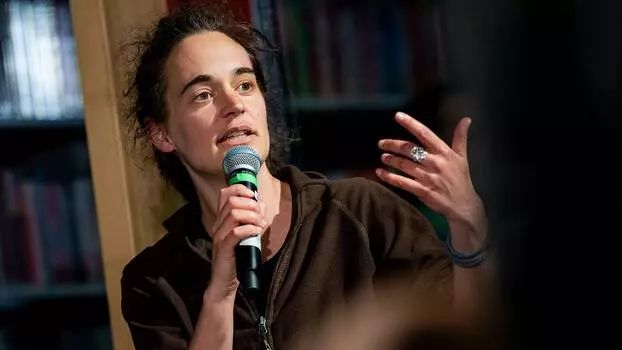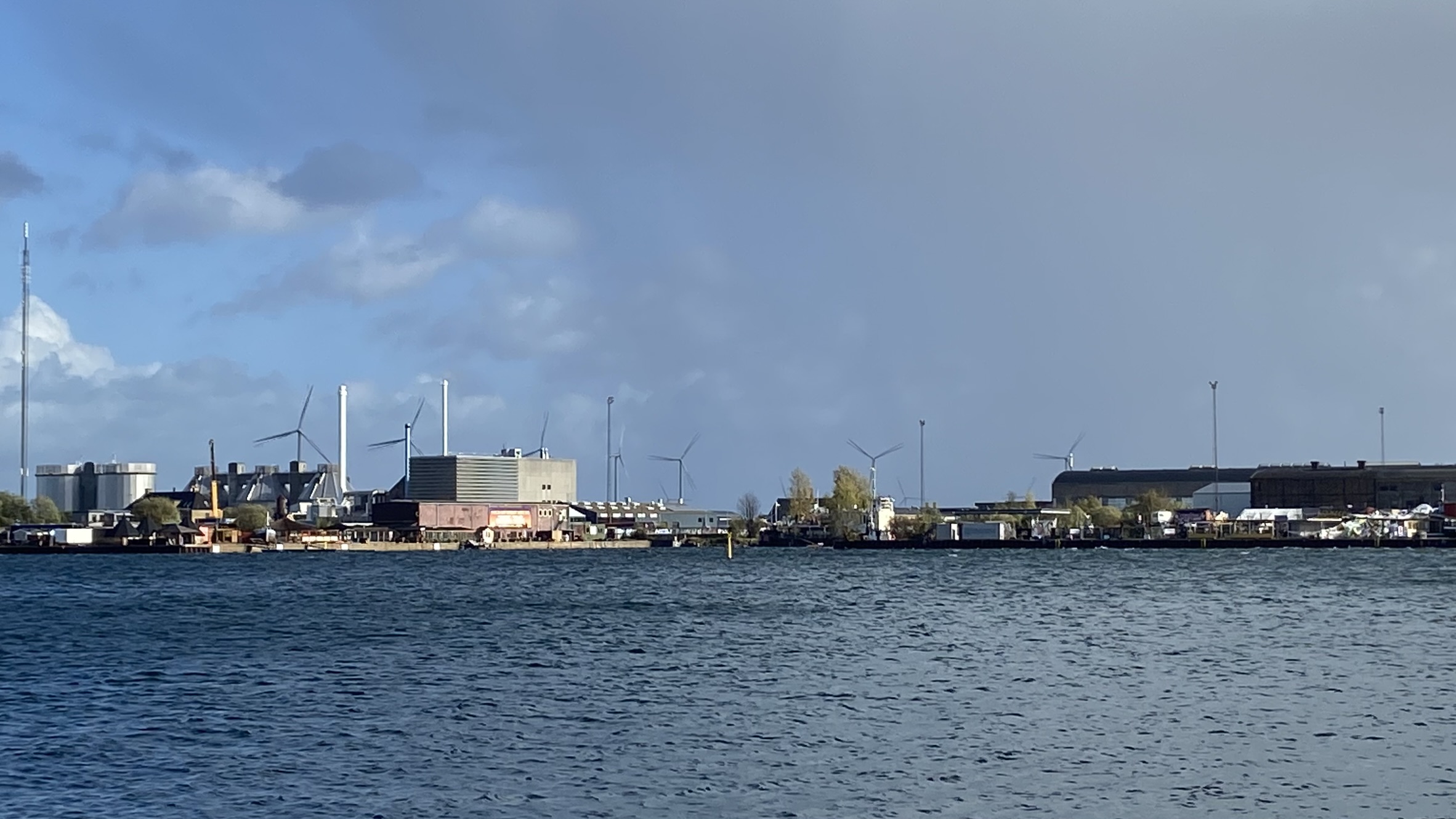Car-based society has arrived at a dead end: Oil, the most important resource for car travel, is slowly but surely running out. At the same time, both the number of registered vehicles and the amount of carbon dioxide exhaust continue increasing, severely intensifying global warming and, consequently, climate change.
What does the future of mobility look like, particularly in our cities and metropolitan areas? The car industry is pursuing two strategies. The first, more dominant strategy is to simply expand individual transit, meaning business as usual, and hope for growing markets in Asia. But one thing is certain: If it is only directed at growth, the megacities will collapse in the foreseeable future under the attendant increase in traffic volume—and the climate consequences will reach devastating proportions.
Since an understanding of finite resources and the limits of mobility growth are even acknowledged within the industry, the car companies have in recent years been pursuing a second strategy of converting to supposedly “green” capitalism. Where car production is concerned, that means building electric cars first and foremost. This, however, ignores the fact that electric cars also consume energy and it is uncertain where this energy is going to come from in the future. Additionally, a struggle for energy is already underway—”regulated” via the market—above all over price, in the Global South as well as in the OECD countries. This means that mobility is increasingly becoming a social issue.
At the same time, the alternative to this struggle for access to energy and mobility is already obvious: free local public transit. That’s because it would be a solidarity-oriented alternative to the unequal battle for access that all members of society would benefit from it—not just the people who are wealthy enough to ignore the cost of energy or who can already afford an electric car.
But how do we get there? One thing is definitively clear: Implementing the utopia of free local public transportation will require a new way of thinking that makes a radical break from the prevailing model of mobility. Quite simply, local public transit is the only option that can massively reduce energy use—and, with it, carbon dioxide exhaust. It is also the only choice that does not cut anybody off from mobility.
What is also clear is that this transformative process will be a complicated undertaking. It will meet with massive social opposition—particularly from the car industry’s leaders but also, at least potentially, from its employees. Moreover, social opposition should be expected due to the culturally determined tradition of individual transportation.
As such, there are important questions about the development of a political strategy for transformation: What will happen to car industry workers who see themselves as exposed to structural changes and in danger of losing their jobs in the course of this restructuring? Can such a transformation happen at all in a nationally delimited context?
What forces can be mobilized for this restructuring, and how? Can the separation between the environmental and labor movements be overcome to create an alliance of different actors that includes everyone who is affected? Finally, how does this model mark the start of a socio-ecological economic model, a “green socialism?”
The following text by Michael Brie and Mario Candeias of the Rosa Luxemburg Foundation’s Institute for Critical Social Analysis is the basis for their presentation at the annual conference of the American Sociological Association on Real Utopias: Emancipatory Projects, Institutional Designs, Possible Futures in Denver, August 17-20, 2012.



